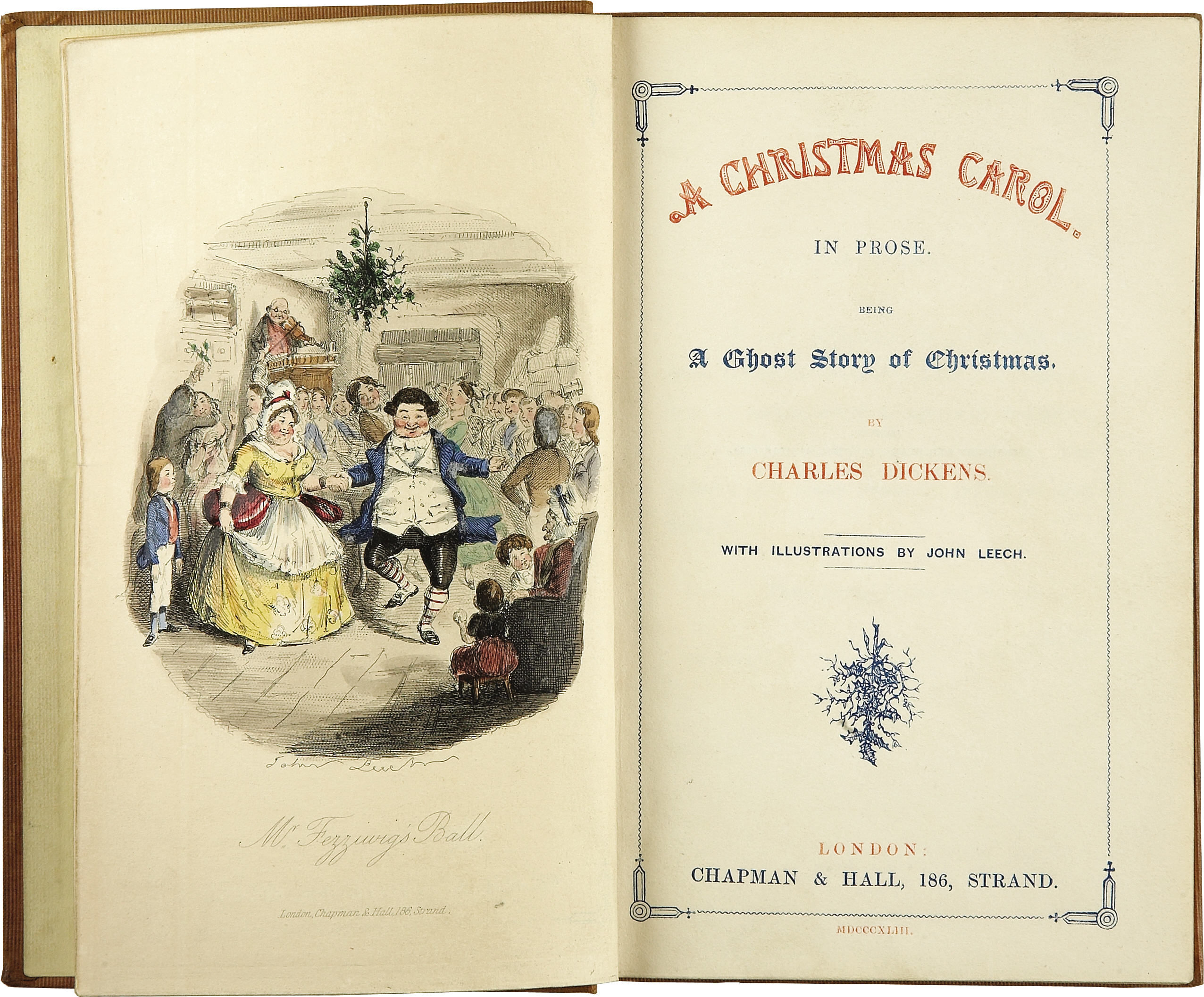Regency Christmas Traditions: Stir up a Plum pudding

Continuing on the theme of Regency Era Christmas traditions, the quintessential Christmas food, the plum pudding!

“Hallo! A great deal of steam! The pudding was out of the copper [boiler]. A smell like washing –day! That was the cloth [the pudding bag]. A smell like an eating house and a pastrycook’s next door to each other, with a laundress’s next door to that! That was the pudding! In half a minute Mrs. Cratchit entered—flushed, but smiling proudly—with the pudding. like a speckled cannon ball, so hard and firm, blazing in half of half-a-quartern of ignited brandy, and bedight with Christmas holly stuck into the top.” “Oh, a wonderful pudding! Bob Cratchit said, and calmly too, that he regarded it as the greatest success achieved by Mrs. Cratchit since their marriage…”~Charles Dickens~A Christmas Carol
Origins of the Plum Pudding

Plum pudding is one of the few foods can trace their history back through multiple centuries. It began in Roman times as a pottage, a meat and vegetable concoction prepared in a large cauldron. Dried fruits, sugar and spices might be added to the mix as well.
Another ancestor to the plum pudding, porridge or frumenty appeared in the fourteenth century. A soup-like fasting dish containing wheat, meats, raisins, currants, prunes, wine and spices, it was eaten before the Christmas celebrations began.
Hannah Glasse offers this recipe for
Firmity
TAKE a quart of ready-boiled wheat, two quarts of milk, a quarter of a pound of currants clean picked and washed: stir these together and boil them; beat up the yolks of three or four eggs, a little nutmeg, with two or three spoonfuls of milk, and add to the wheat; stir them together for a few minutes. Then sweeten to your palate, and send it to table.
By the fifteenth century, plum pottage, a soupy mix of meat, vegetables and fruit, would be served to start a meal. As the seventeenth century opened, frumenty evolved into a plum pudding. Thickened with eggs, breadcrumbs, and dried fruit, the addition of beer and spirits gave it more flavor and increased its shelf life. Variants were made with white meat, though gradually the meat was omitted and replaced by suet. The root vegetables also disappeared.
By 1650, the plum pudding had transformed from a main dish to a dessert. It became the customary dessert served at Christmas. Not long afterward though, plum pudding was banned by Oliver Cromwell. He believed the ritual of flaming the pudding harked back to pagan celebrations of the winter solstice, making them inappropriate for a Christian celebration.
George I, sometime called the Pudding King revived the dish in 1714. He requested plum pudding be served as part of his royal feast to celebrate his first Christmas in England. Subsequently it became entrenched as part of traditional holiday celebrations, taking its final cannon-ball form, made from flour, fruits, suet, sugar and spices, all topped with holly, in the 1830’s.
In 1858 it was first dubbed the Christmas Pudding, recorded as such in Anthony Trollope‘s Doctore Thorne.
Preparing plum pudding
Two sample recipes from different centuries show remarkable similarity in ingredients.
A boiled Plum Pudding (18th century)
Take a pound of suet cut in little pieces, not too fine, a pound of currants and a pound of raisins storied, eight eggs, half the whites, half a nutmeg grated and a tea spoonful of beaten ginger, a pound of flour, a pint of milk. Beat the eggs first, then half the milk. Beat them together and by degrees stir in the flour then the suet, spice and fruit and as much milk as will mix it well together very thick. Boil it five hours
~Hannah Glasse, The Art of Cookery made plain and easy,
Rich Plum Pudding (19th Century)
Stone carefully one pound of the best raisins, wash and pick one pound of currants, chop very small one pound of fresh beef suet, blanch and chop small or pound two ounces of sweet almonds and one ounce of bitter ones; mix the whole well together, with one pound of sifted flour, and the same weight of crumb of bread soaked in milk, then squeezed dry and stirred with a spoon until reduced to a mash before it is mixed with the flour. Cut in small pieces two ounces each of preserved citron, orange, and lemon-peel, and add a quarter of an ounce of mixed spice; quarter of a pound of moist sugar should be put into a basin, with eight eggs, and well beaten together with a three-pronged fork; stir this with the pudding, and make it of a proper consistence with milk.
Remember that it must not be made too thin, or the fruit will sink to the bottom, but be made to the consistence of good thick batter. Two wineglassfuls of brandy should be poured over the fruit and spice, mixed together in a basin, and allowed to stand three or four hours before the pudding is made, stirring them occasionally. It must be tied in a cloth, and will take five hours of constant boiling. When done, turn it out on a dish, sift loaf-sugar over the top, and serve it with wine-sauce in a boat, and some poured round the pudding. The pudding will be of considerable size, but half the quantity of materials, used in the same proportion, will be equally good.
~Godey’s Lady’s Book, Dec. 1860
After cooking, Christmas puddings were often dried out on hooks for weeks prior to serving in order to enhance the flavor. Once dried, they were wrapped in alcohol-soaked cheesecloth and stored in earthenware/crockery and placed somewhere cool for the duration. More alcohol may have been added during this period. The puddings might also have been sealed against air with suet or wax to aid in preservation. Click here for a modern recipe and instructional video.
Plum pudding traditions
With a food so many centuries in the making, it is not surprising to find many traditions have evolved around the making and eating of plum pudding.
The last Sunday before Advent is considered the last day on which one can make Christmas puddings since they require aging before they are served. It is sometimes known as ‘Stir-up Sunday’.
The name comes from the opening words of the main prayer in the Book of Common Prayer of 1549 for that day: “Stir-up, we beseech thee, O Lord, the wills of thy faithful people; that they, plenteously bringing forth the fruit of good works, may of thee be plenteously rewarded; through Jesus Christ our Lord. Amen.” Choir boys parodied the prayer. “Stir up, we beseech thee, the pudding in the pot. And when we do get home tonight, we’ll eat it up hot.”
Christmas pudding is traditionally prepared with 13 ingredients, representing Christ and the 12 apostles, and then it is “stirred up”. All family members who are present must take a hand in the stirring, using a special wooden spoon (in honor of Christ’s crib). The stirring must be done clockwise, from east to west to honor the journey of the Magi, with eyes shut, while making a secret wish.
After the family stirred the pudding, tiny charms might be added to the pudding to reveal their finders’ fortune. The trinkets often included a thimble (for spinsterhood or thrift), a ring (for marriage), a coin (for wealth), a miniature horseshoe or a tiny wishbone for good luck, and an anchor for safe harbor.
When the pudding was served, a sprig of holly was placed on the top of the pudding as a reminder of Jesus’ Crown of Thorns that he wore. Flaming the pudding, as described by Dickens, was believed to represent the passion of Christ and represent Jesus’ love and power. It was also a key part of the theatrical aspect of the holiday celebration.
Why is it called plum pudding?
And the answer to the most burning question: Why is plum pudding called that when there are no plums in it?
Dried plums, or prunes, were popular in pies in medieval times, but in the sixteenth and seventeenth century, they began to be replaced by raisins. In the 17th century, plums referred to raisins or other fruits. The dishes made with them retain the term ‘plum’ to this day.
Read about the Bennet family’s Stir it Up Sunday, here.
Watch a plum pudding being made here.
Resources
An A-Z of Food & Drink, John Ayto [Oxford University Press:Oxford] 2002
The Art of Cookery made plain and easy, Hannah Glasse.(1774)
The Customs and Ceremonies of Britain by Charles Knightly. London:Thames and Hudson, 1986
Godey’s Lady’s Book, Dec. 1860
The Folklore of World Holidays, Robert H. Griffen and Ann H. Shurgin editors, Second Edition [Gale:Detroit] 1998
Food and Cooking in Victorian England: A History, Andrea Broomfield [Praeger:Westport CT] 2007
Oxford Companion to Food, Alan Davidson [Oxford University Press:Oxford] 2000
Plum Pudding History – Plum Pudding Recipe
PLUM PUDDING – CHRISTMAS PUDDING RECIPE http://www.victoriana.com/christmas/plum-99.htm
If you enjoyed this post you might also enjoy:


Pingback:Pride and Prejudice Christmas Scene: Stir it up Sunday - Random Bits of Fascination
Pingback:Regency Christmas Traditions: Traditional Celebration Days - Random Bits of Fascination
interesting recipe
Pingback:Regency Christmas Traditions: The Christmas Holiday Feast - Random Bits of Fascination
Pingback:Regency Traditions Video: Make a Plum Pudding - Random Bits of Fascination
Pingback:Regency Christmas Traditions: Deck the Halls - Random Bits of Fascination
I suppose plum pudding is similar to fruitcake although my families recipe for fruitcake is more often called holiday boozecake 🙂
So interesting